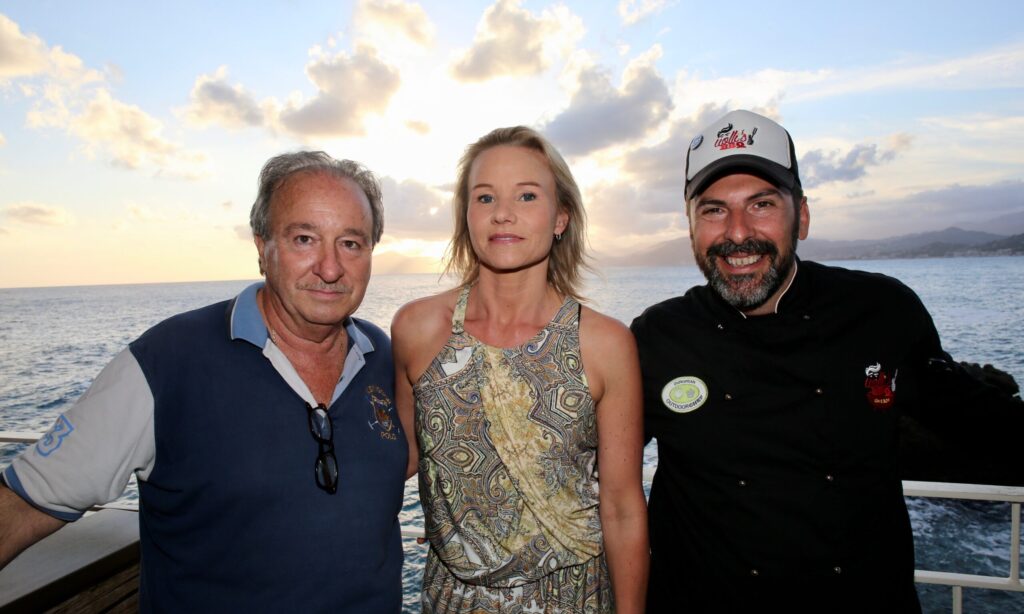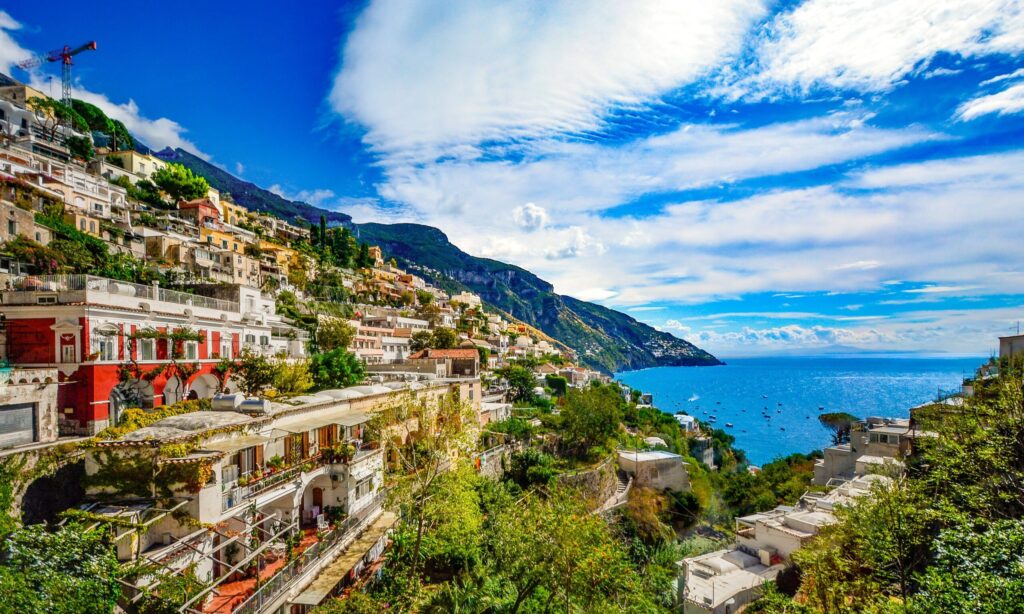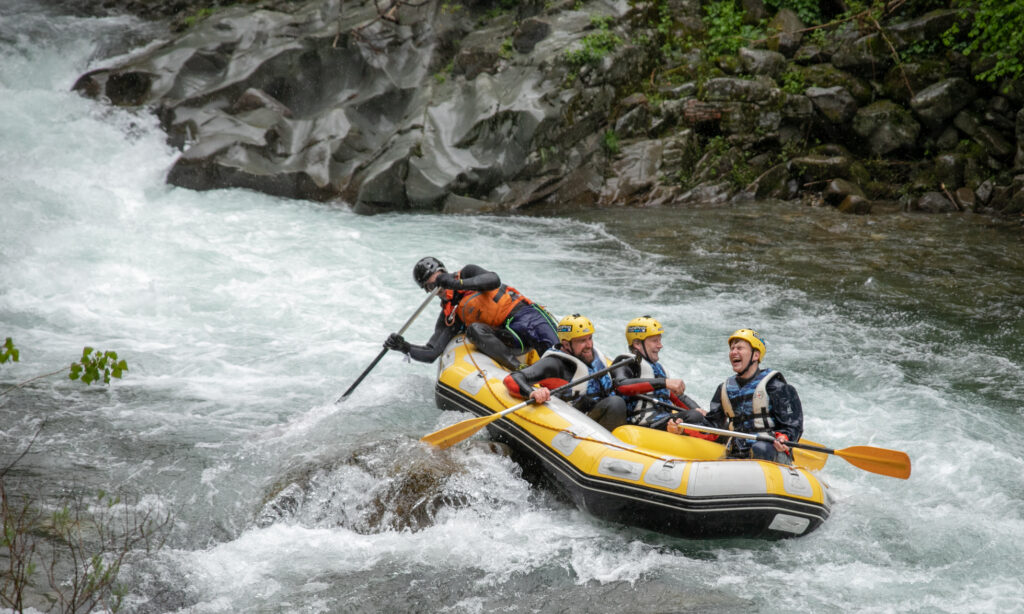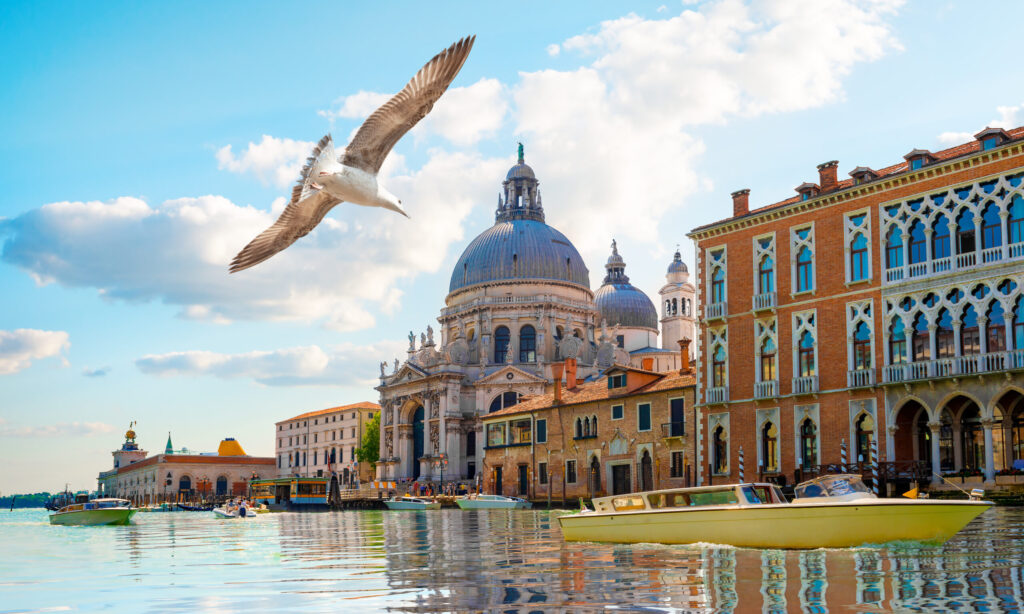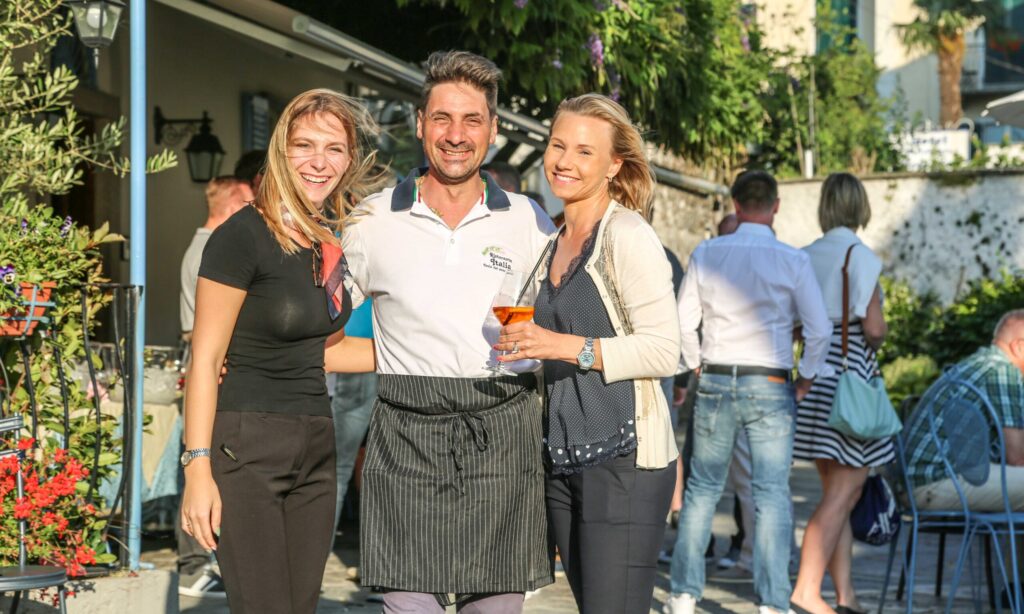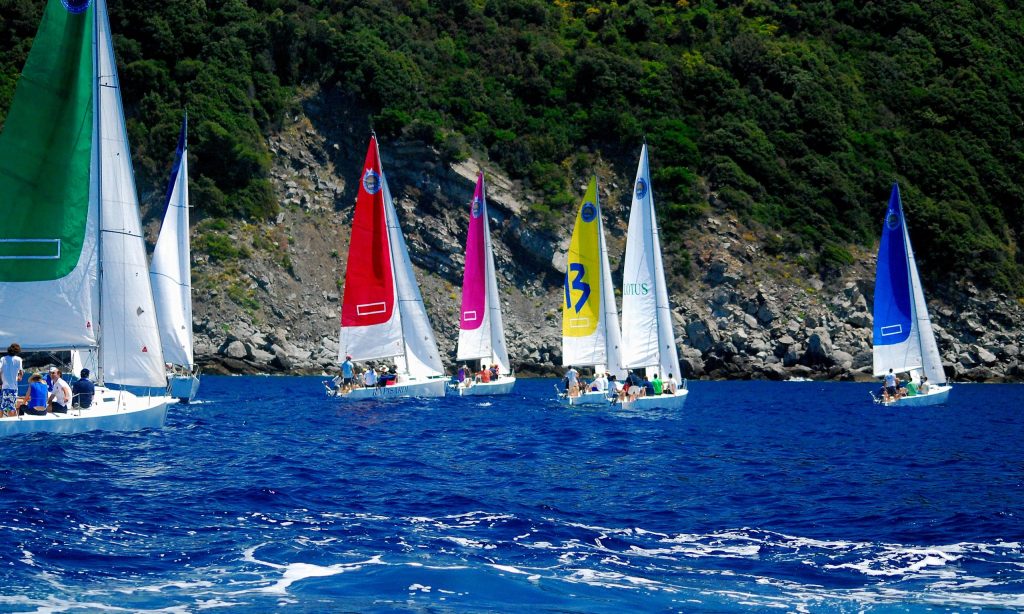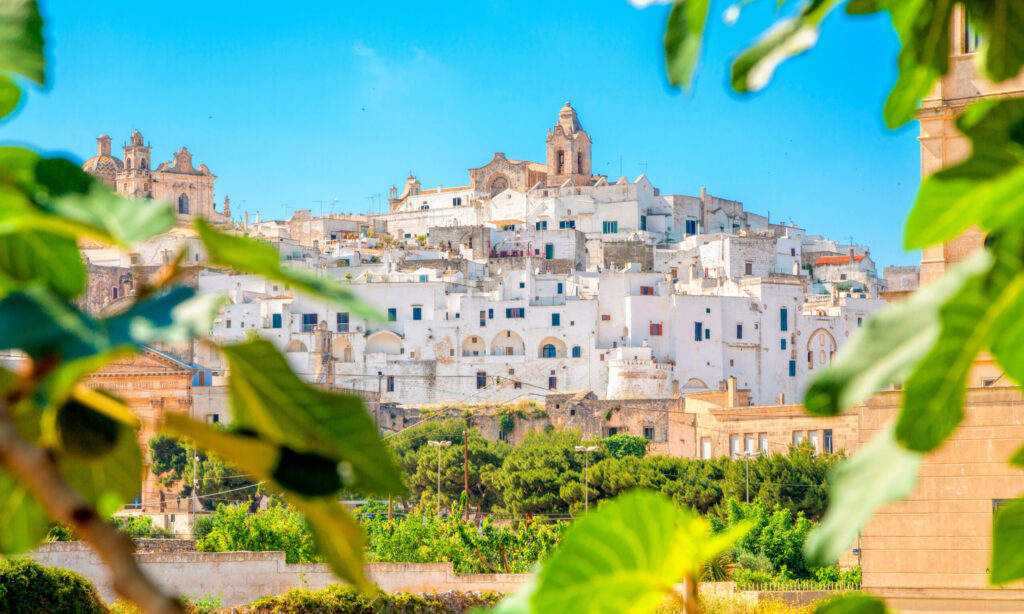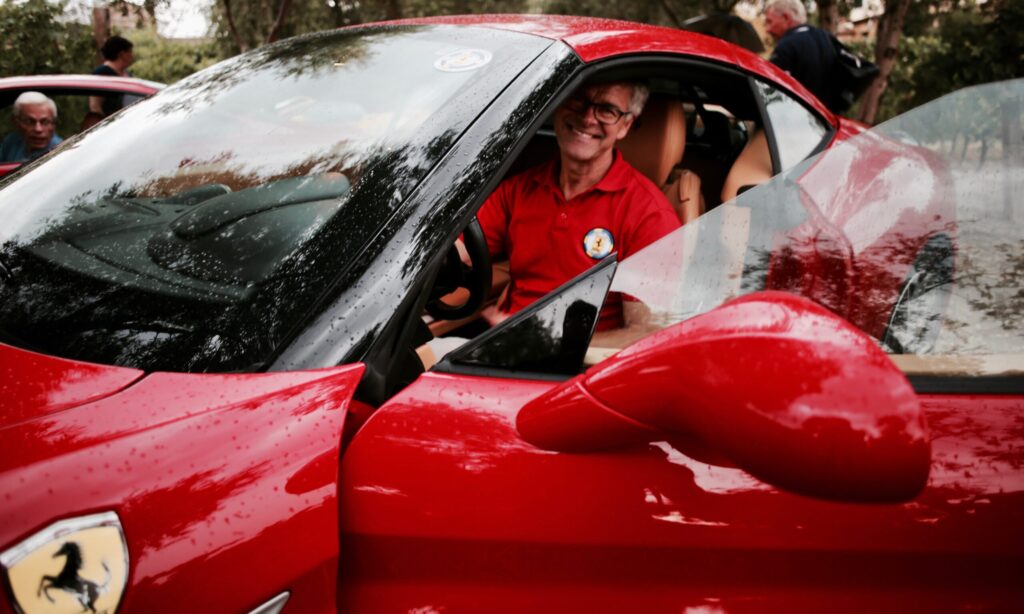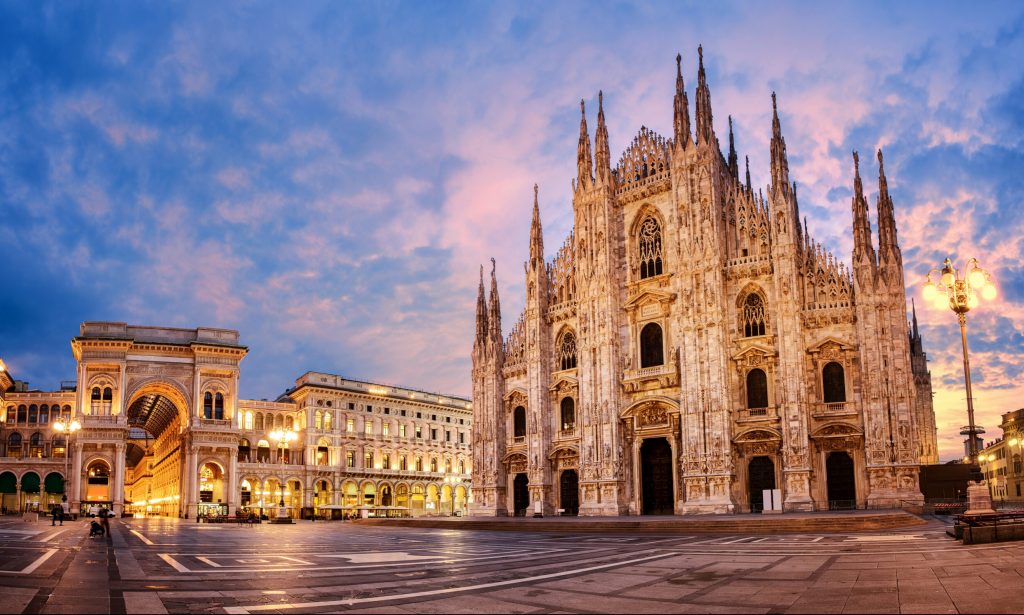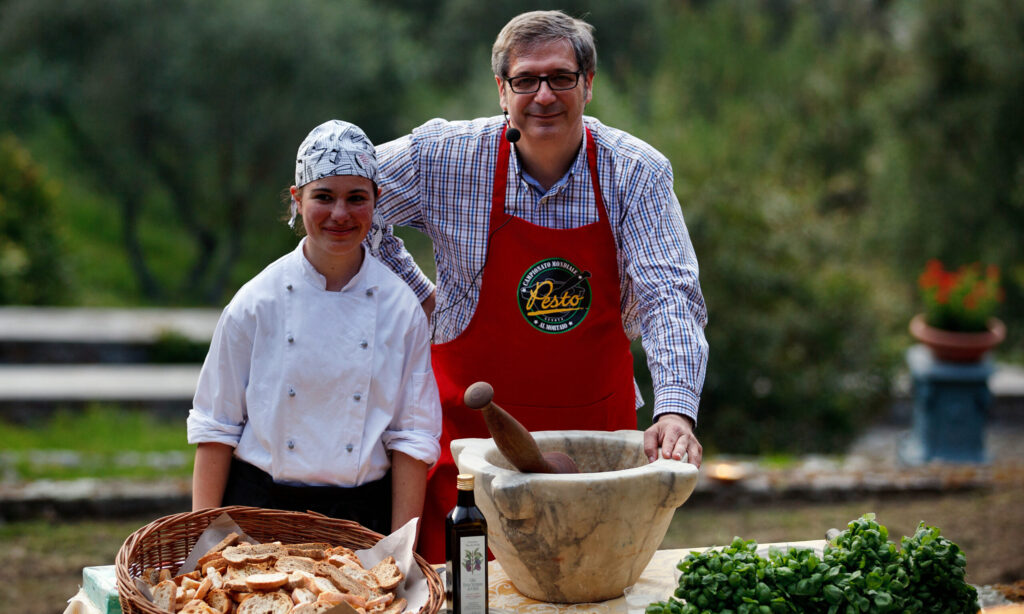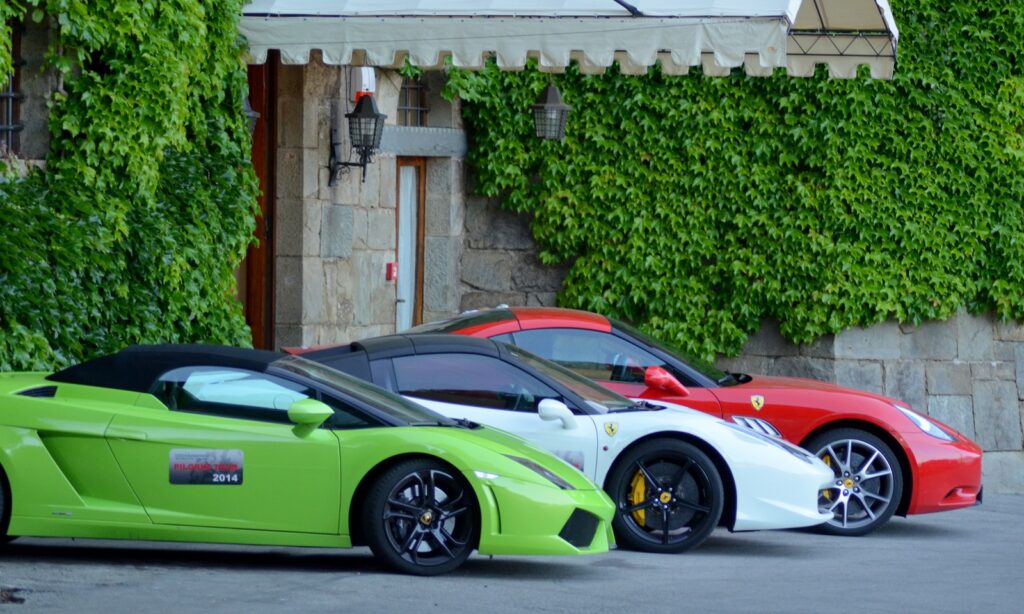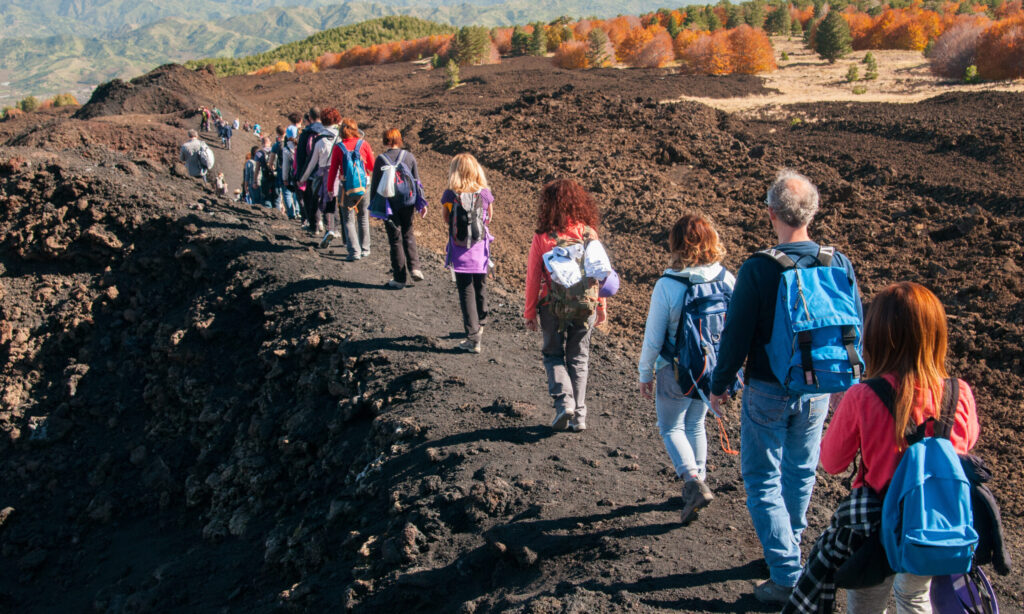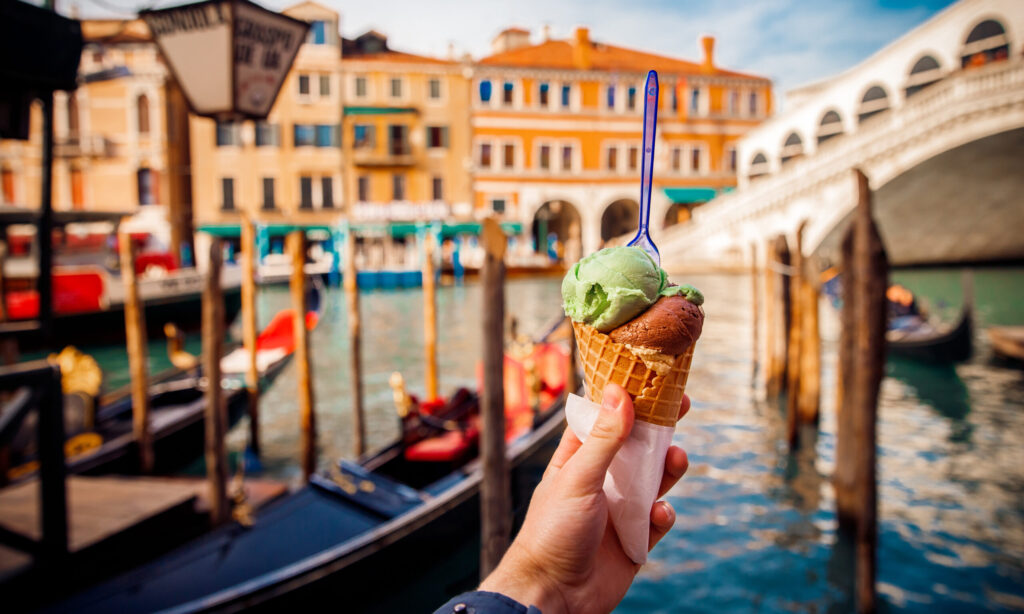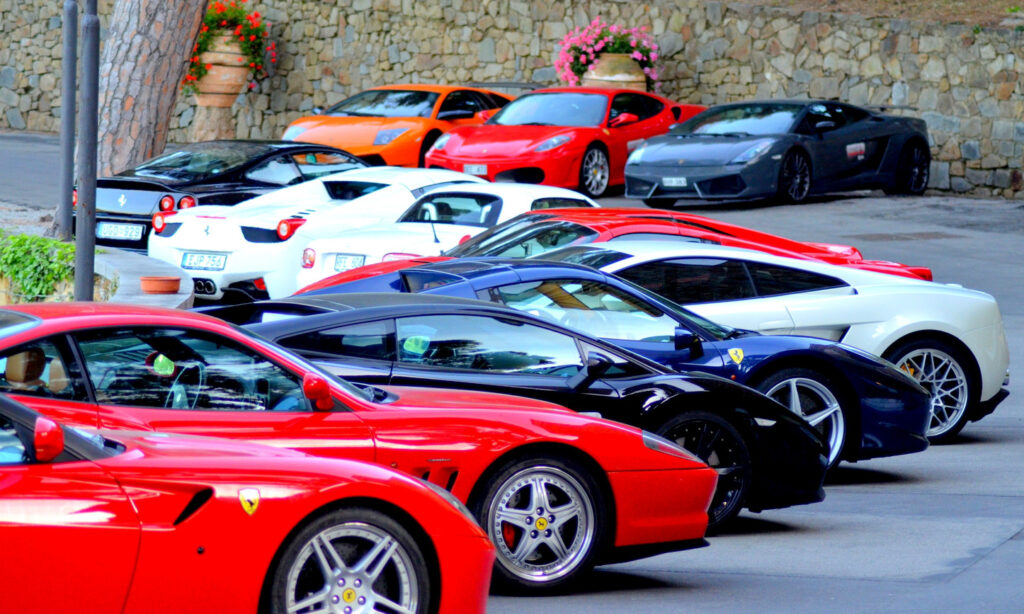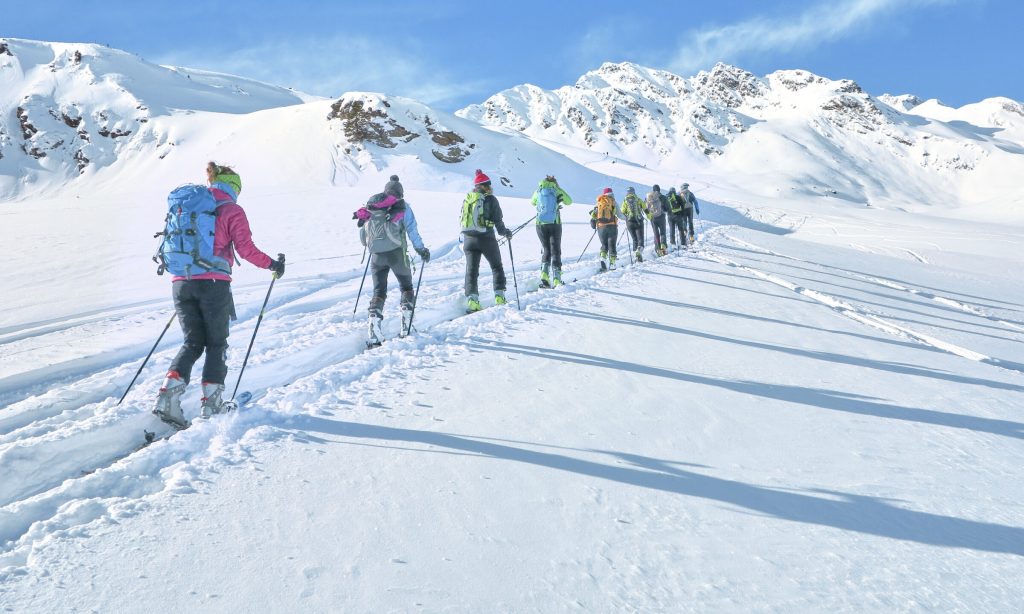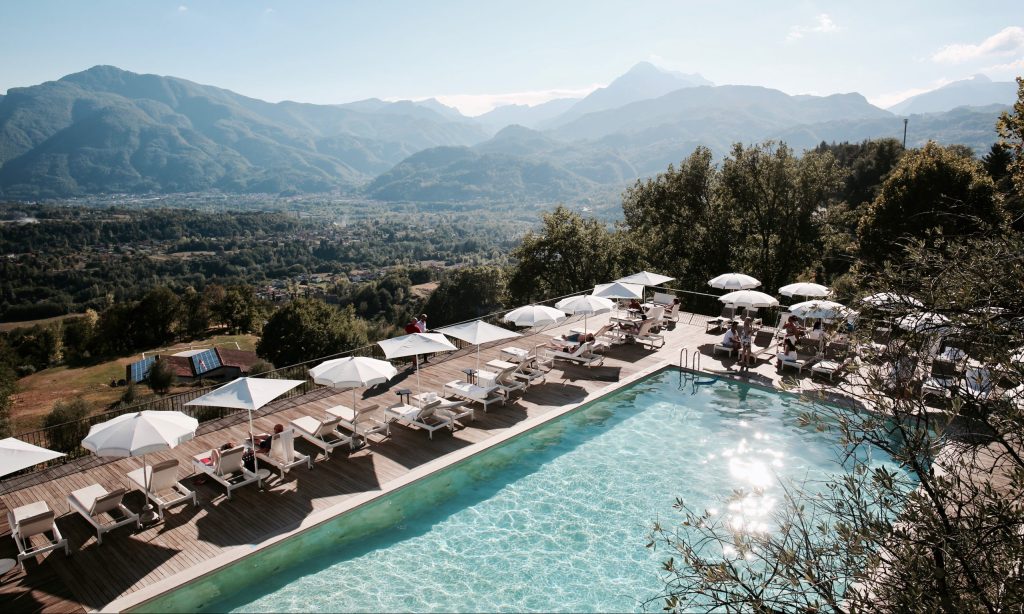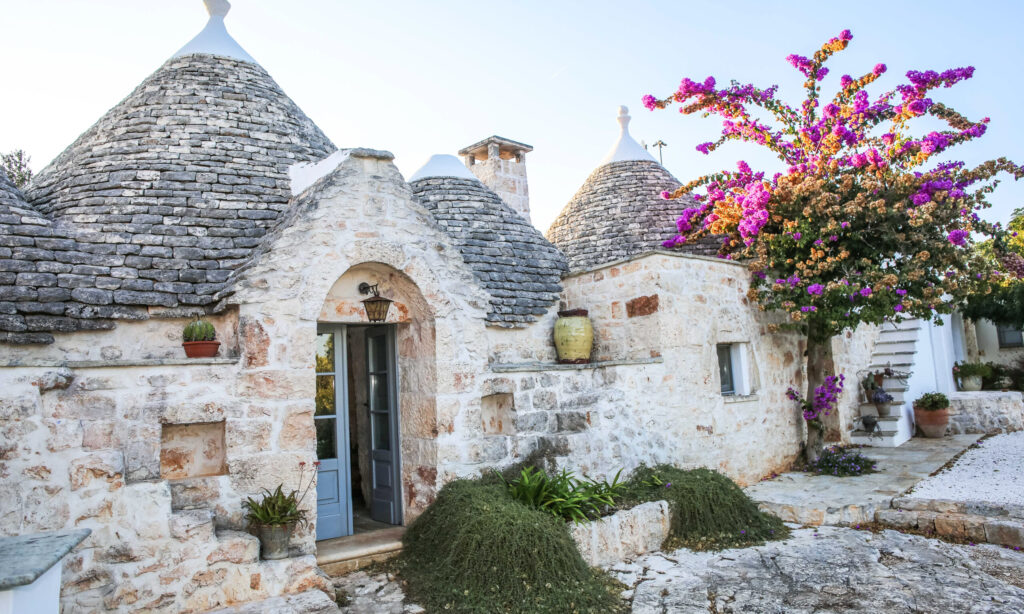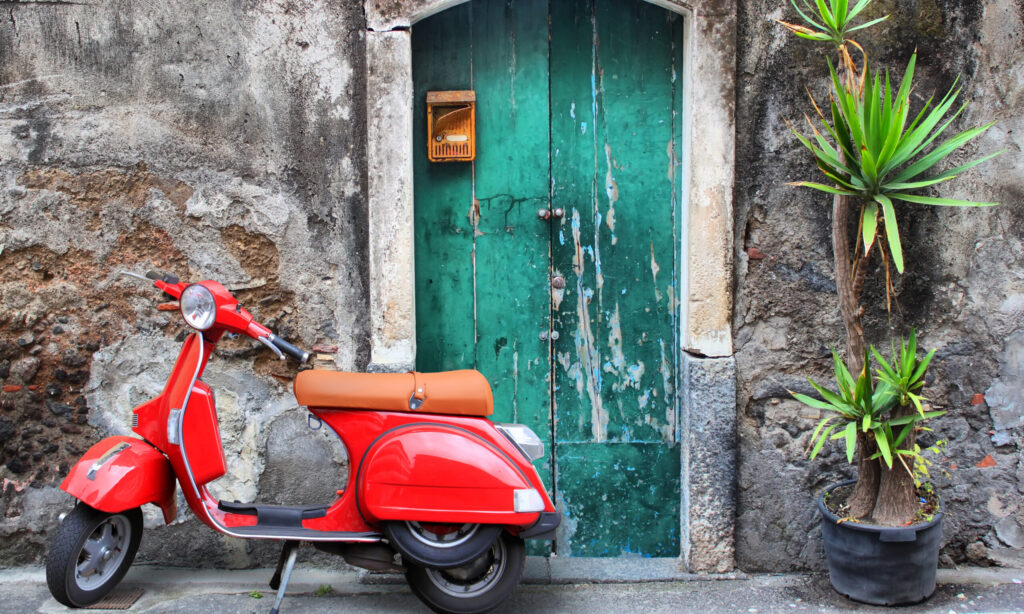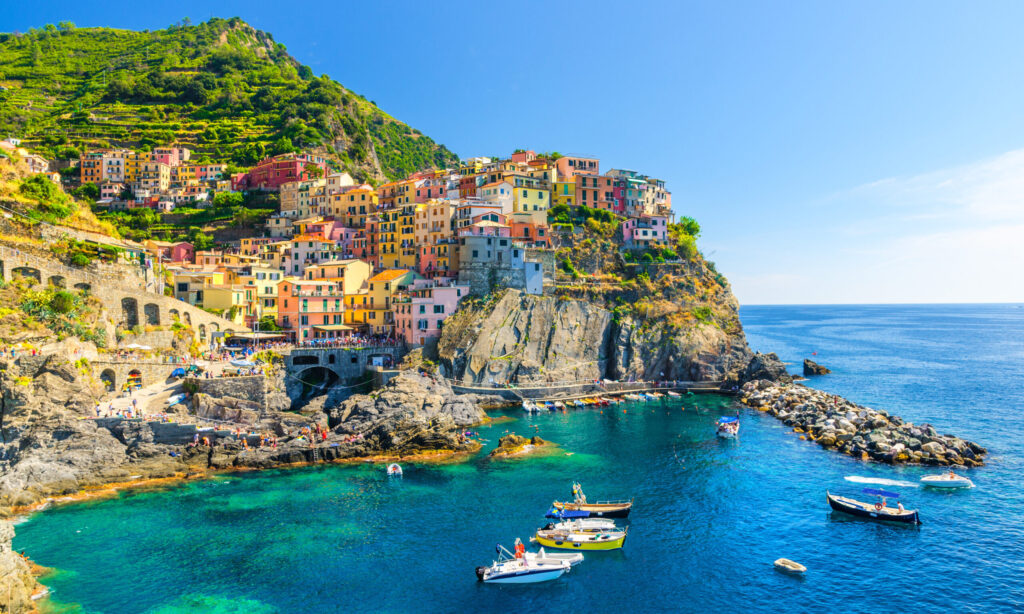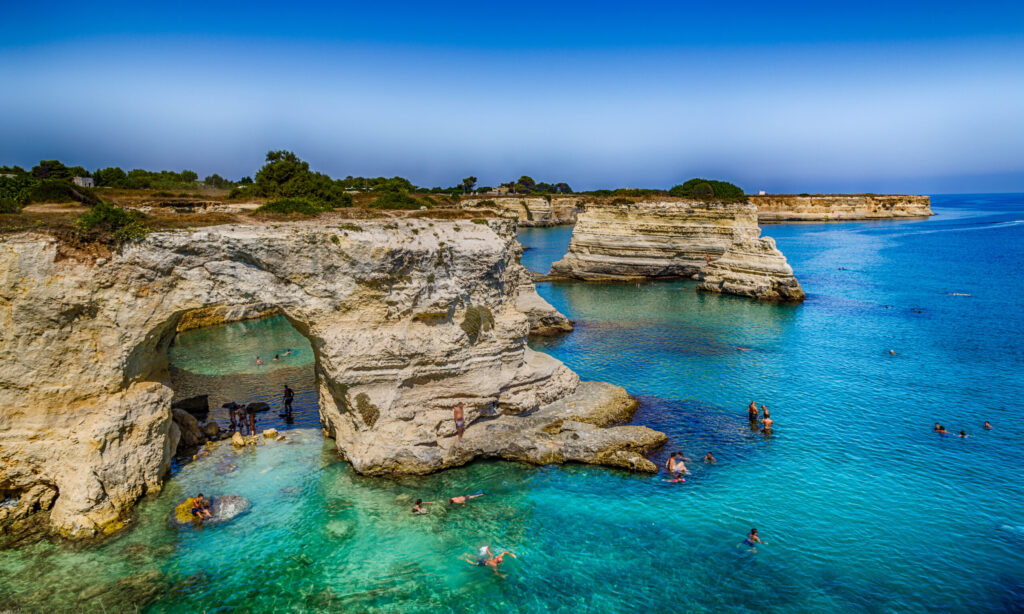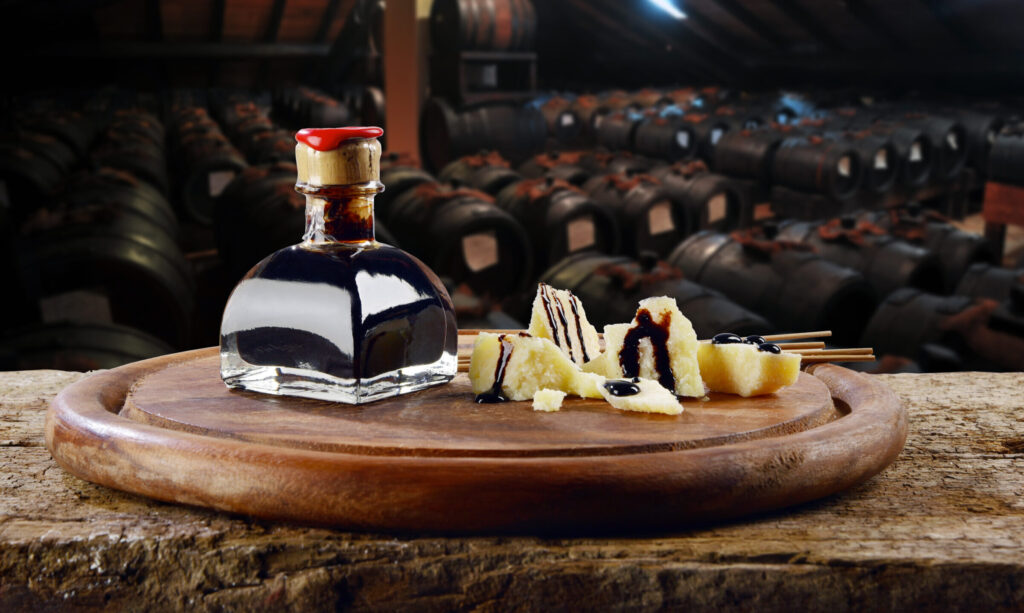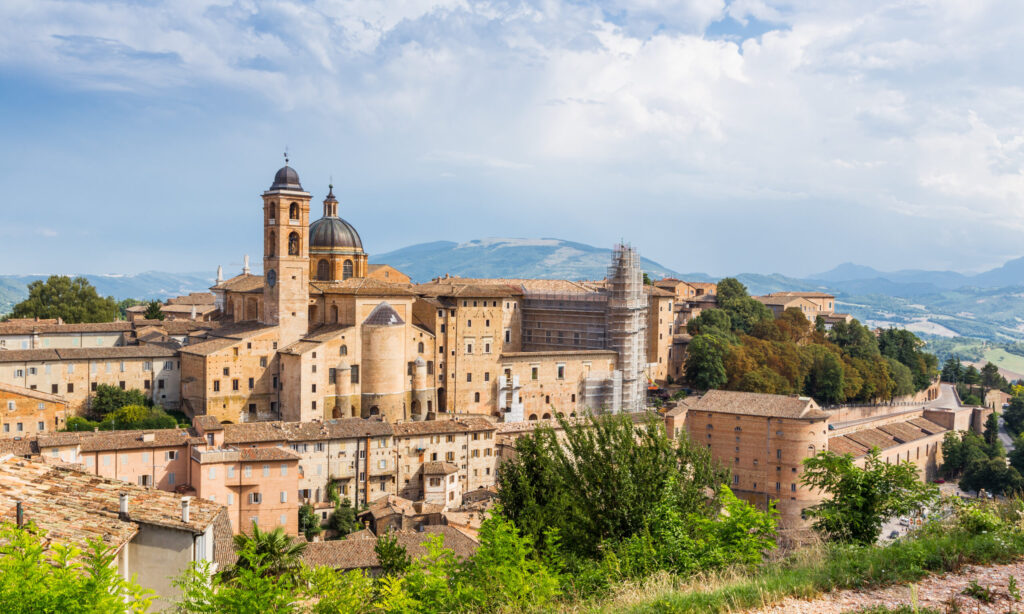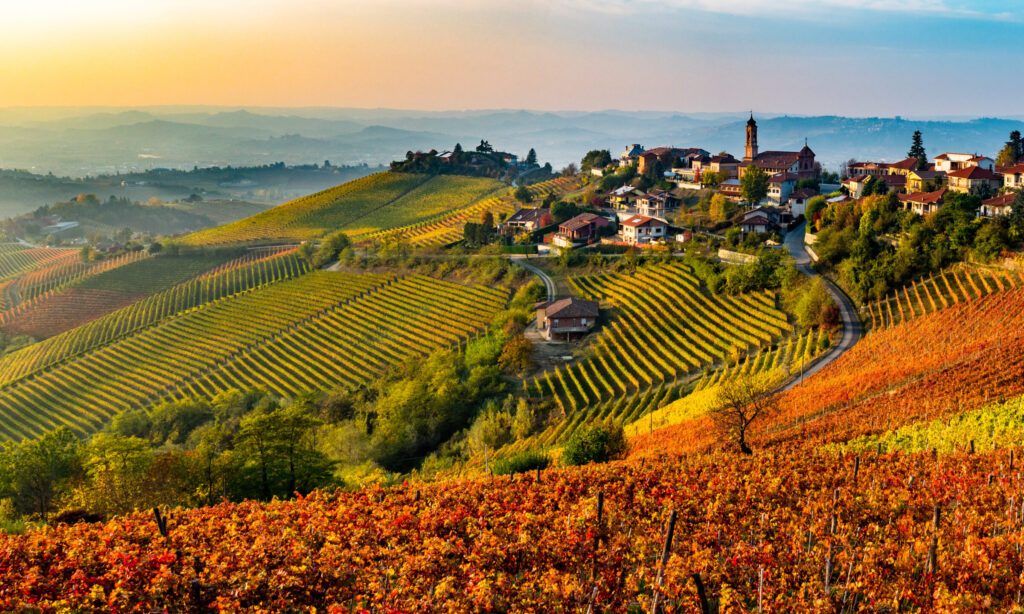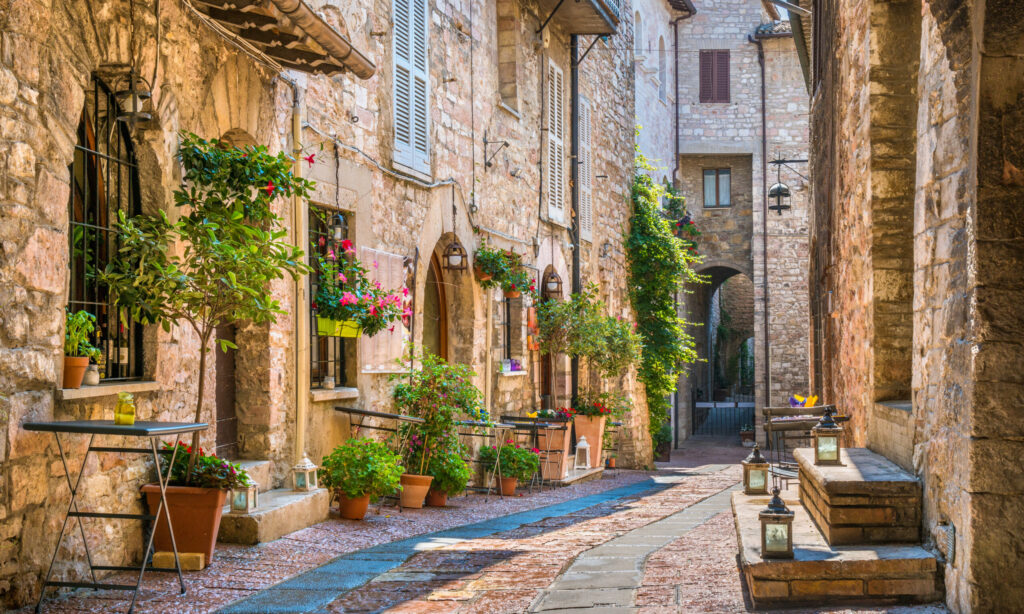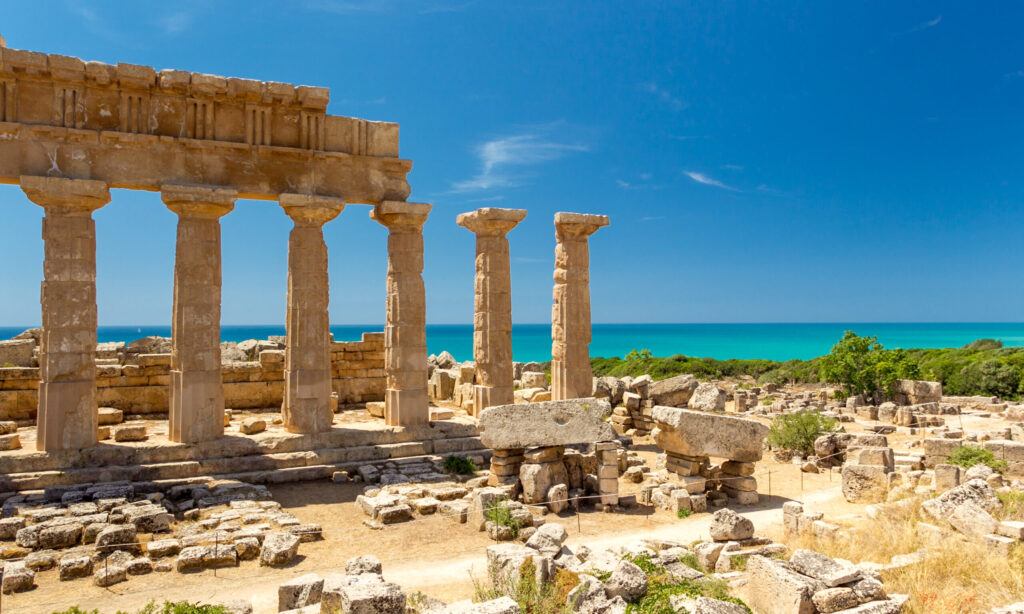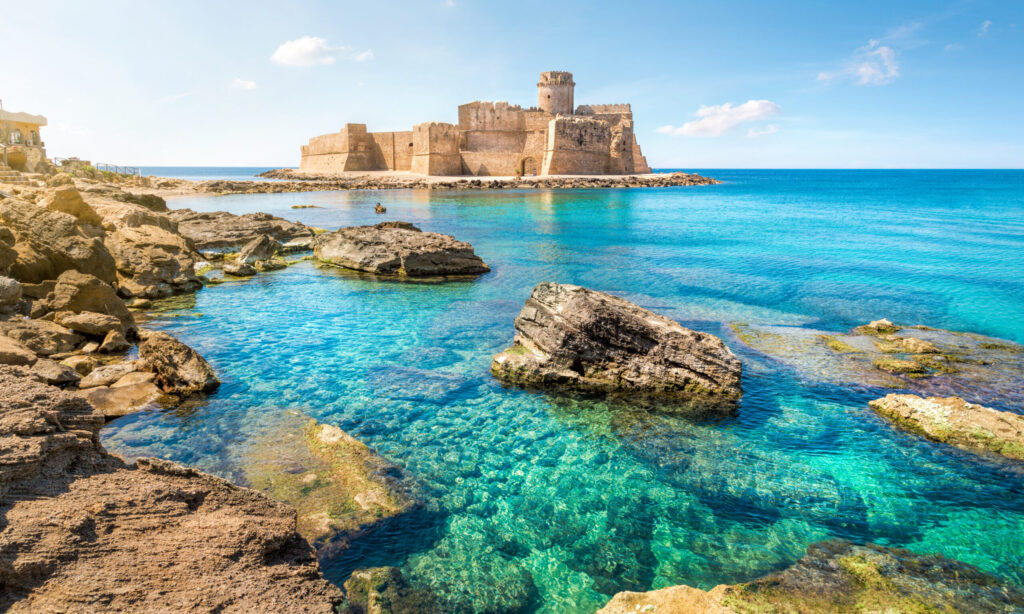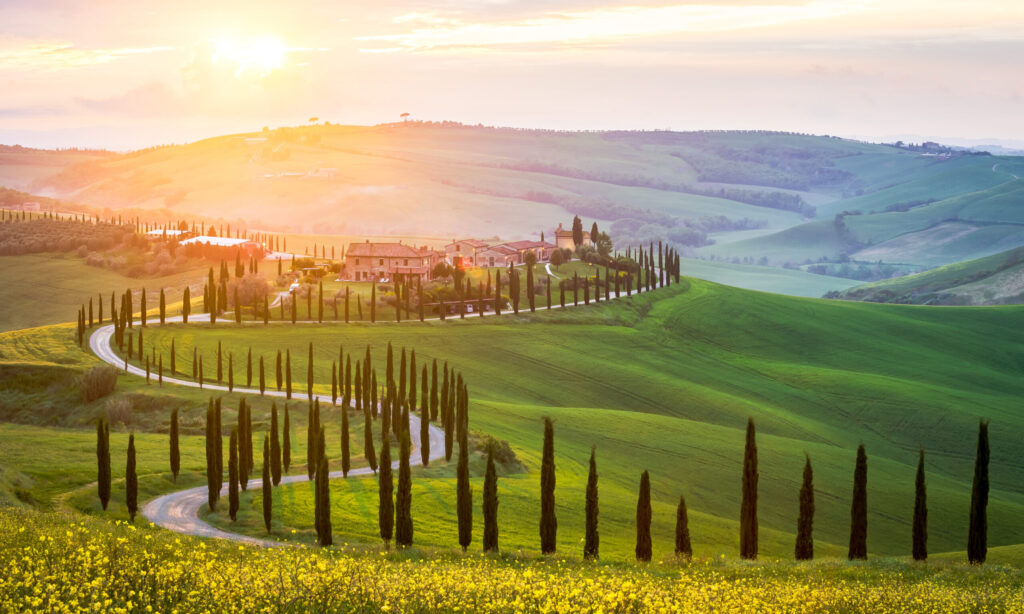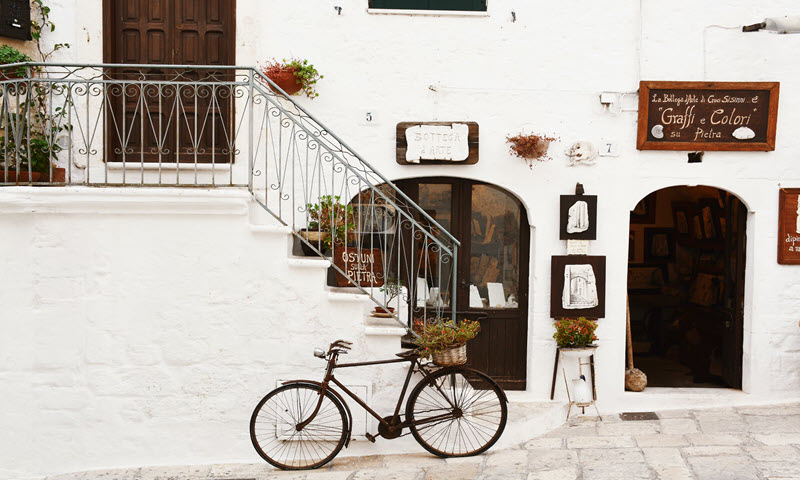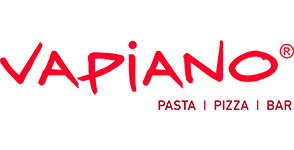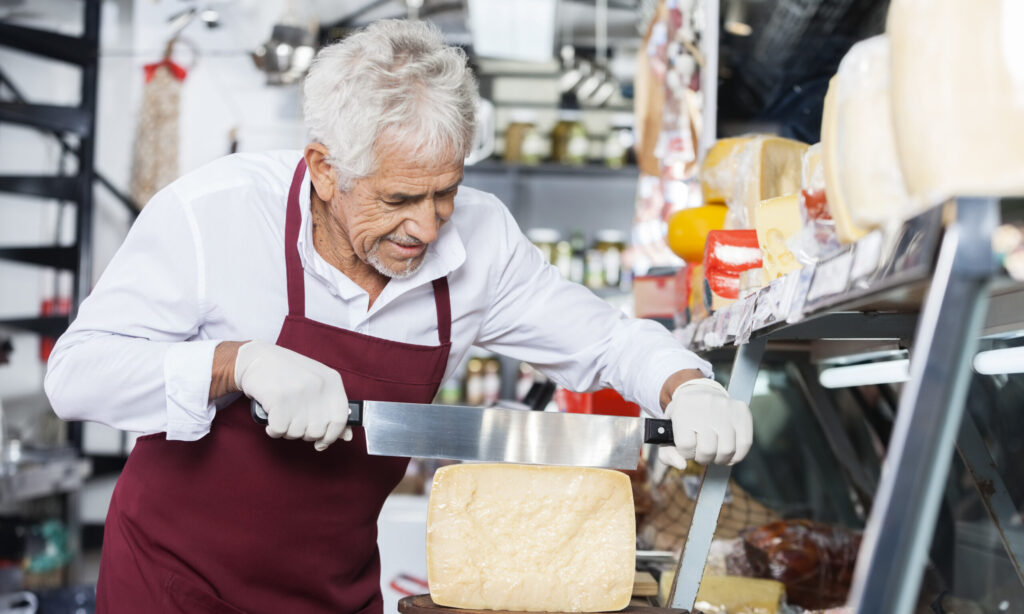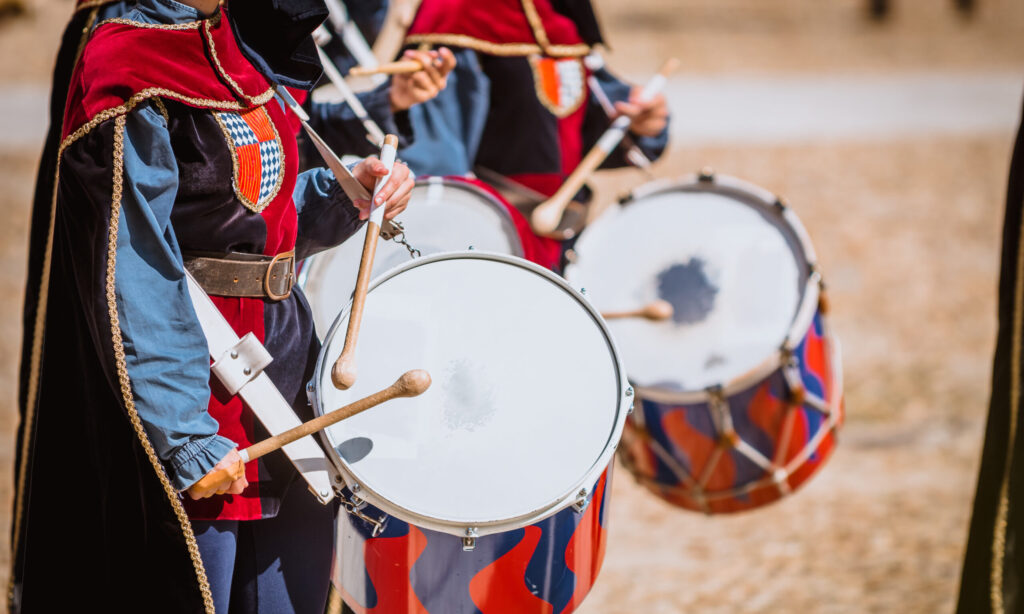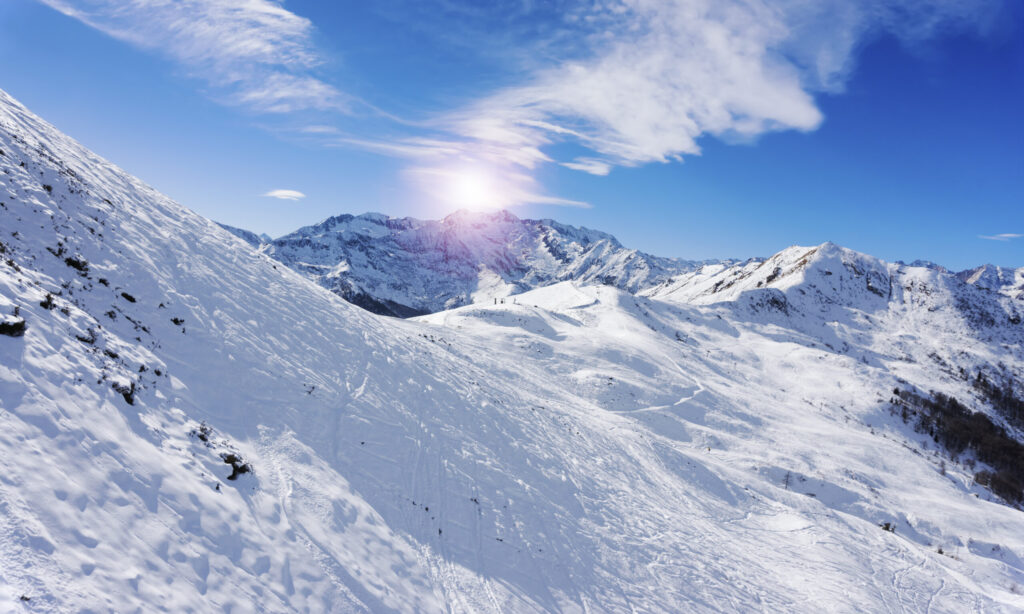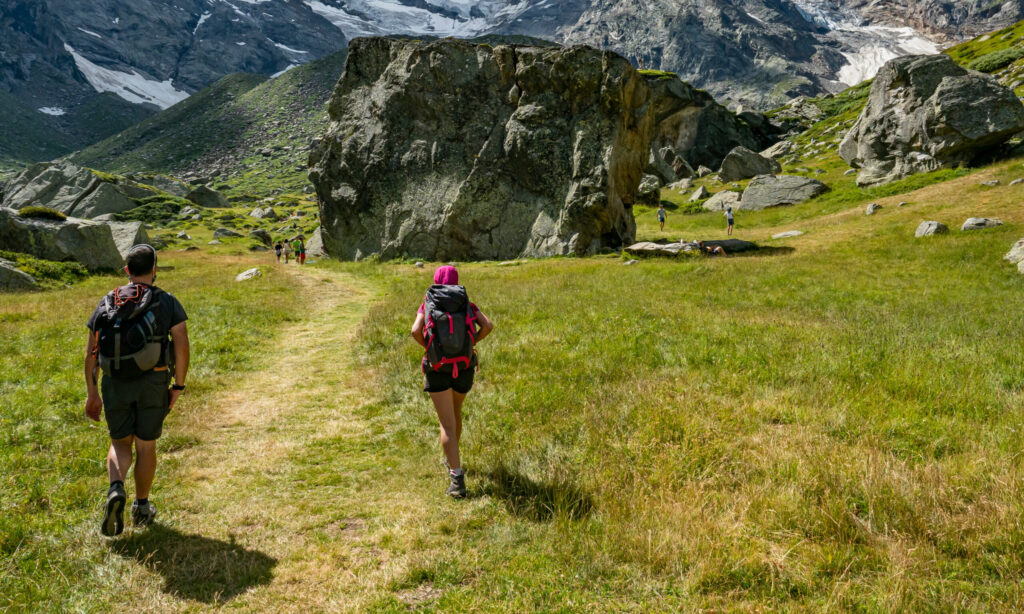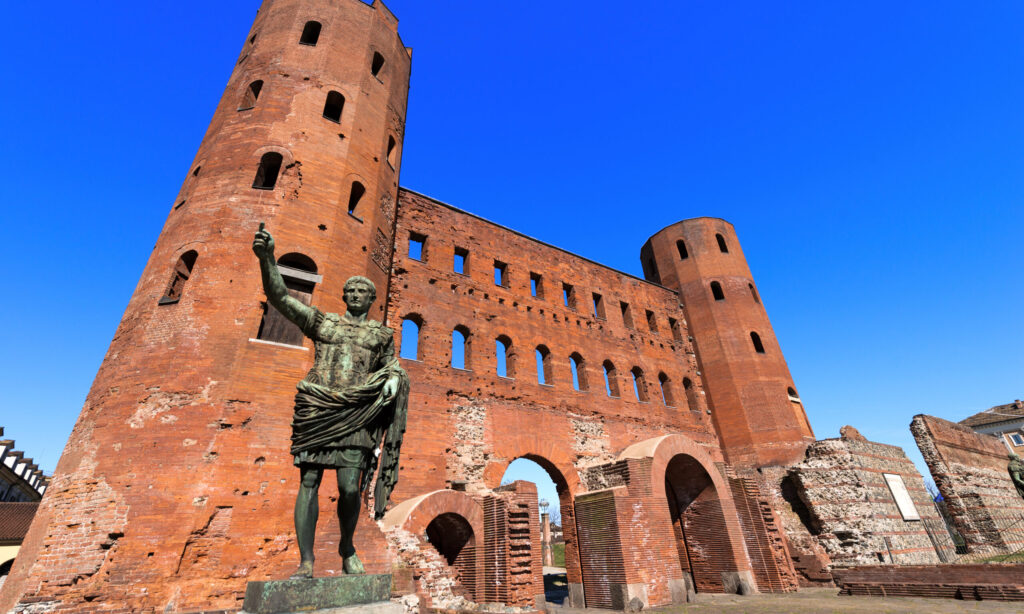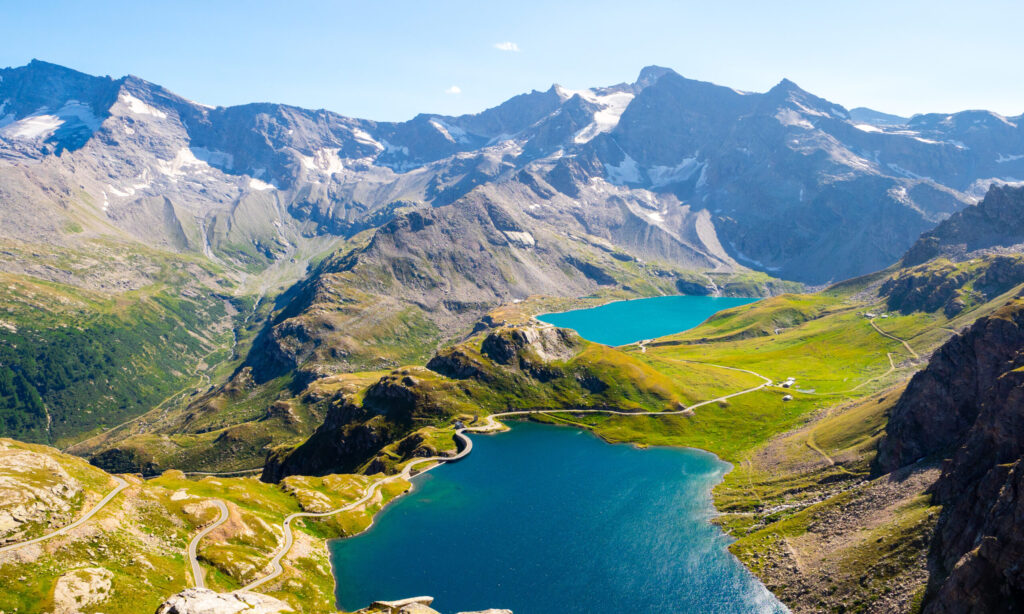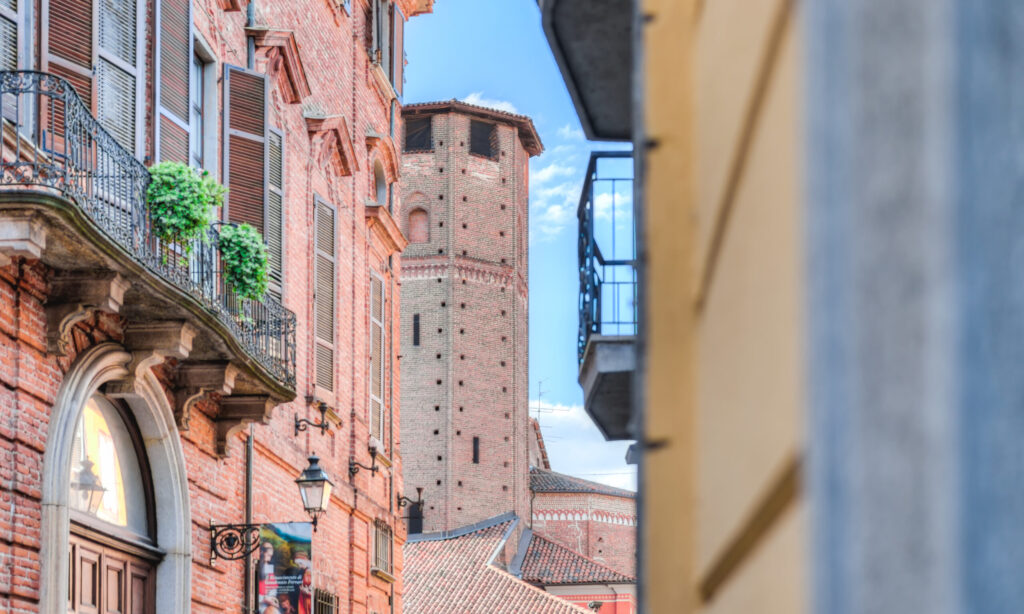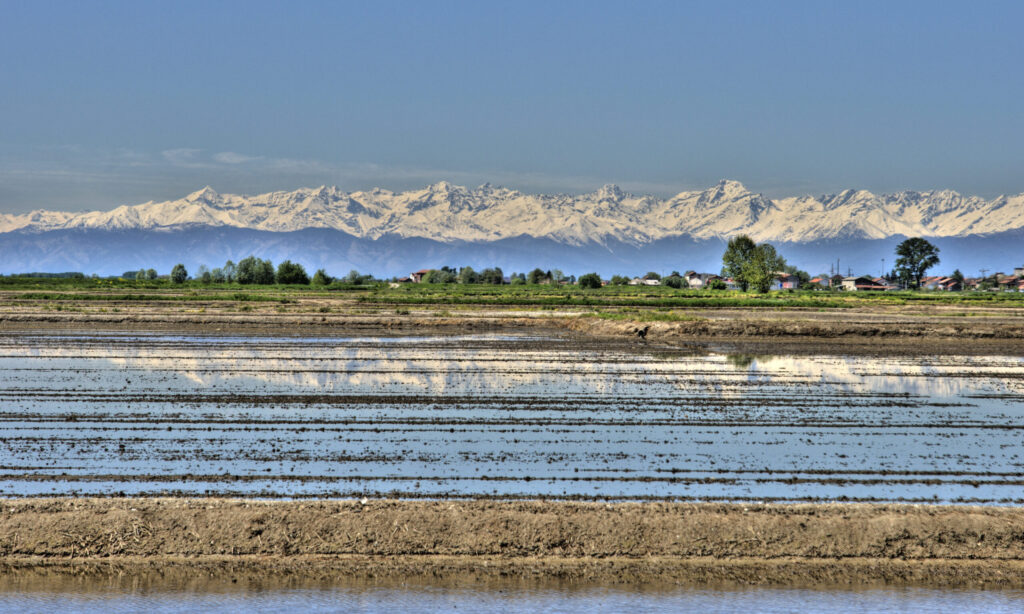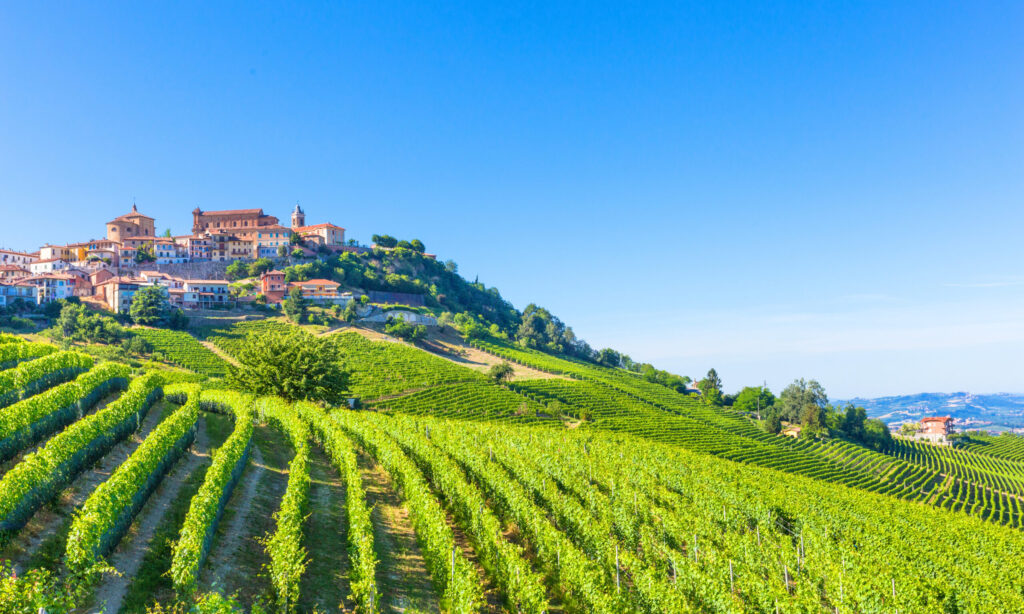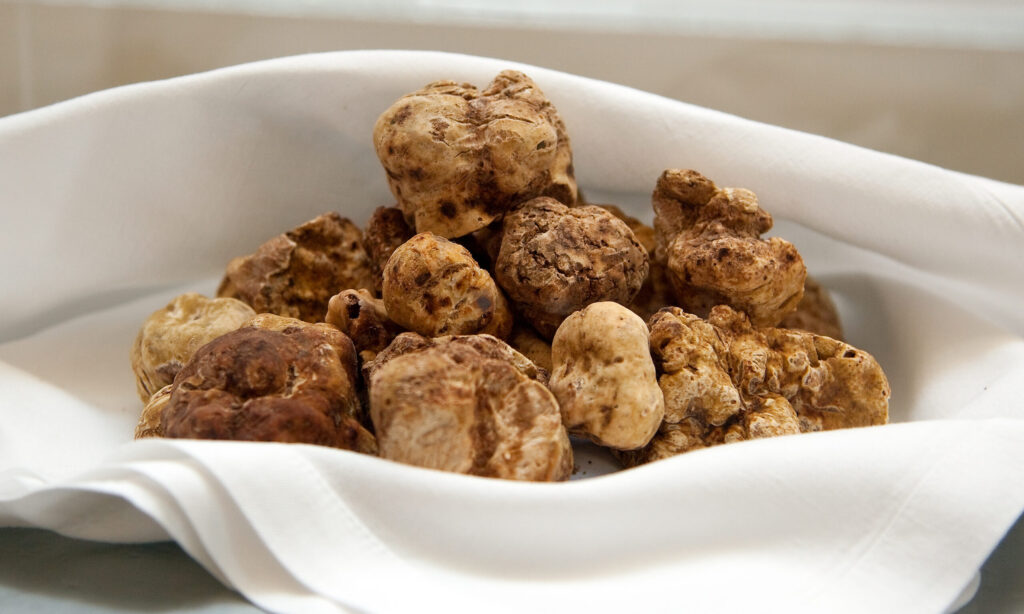RICE GROWING IN PIEDMONT
When thinking of Italy, you would rather think of pizza and pasta than rice - but Italy is Europe’s largest rice producer and around 50% or the European rice production come from Italy. More than 90% come from the flooded areas of the fertile Po plains in the Piedmont.
The rice growing area "Lomellina"
The so-called Lomellina area stretches between the cities of Novara, Vercelli and Pavia in the Lombardy. And, of course, excellent Risotto rice is cultivated here besides the regular rice varieties.
To produce one-kilogram rice, 3,000 to 20,000 litres of water are needed! In the Piedmont, the mountain springs Dora Baltea and Sesia with snow water from the Monte Rosa and the Mont Blanc are tapped. The excellent quality of the mountain water is perfect to cultivate organic rice.
The beginning of rice growing in Italy reaches back to the 15th century; for more than 400 years, just one type, the Balilla, was cultivated. In the middle of the 19th century, a Jesuit priest imported around 40 varieties of tropical plants from the Philippines. He pricked out the rice grains and monitored, which are appropriate for the conditions in the Po plain.
Today, a dozen of different rice varieties is cultivated and most of them are suitable for Risotto rice. The most popular types are the Balilla, Arborio, Baldo and Carnaroli, which is the best and the most expensive Risotto rice type.
Planting and harvest of the rice
In the beginning of May, the seed of the pregerminated rice grains on the rice fields starts. The water level must be equal to ensure the supply of fluidity and the heat accumulation. The water protects the rice from the heat of the day as well as from the cold temperatures at night. The rice grains need a constant temperature of 12 to 18° Celsius to sprout.
After the panicles have grown on the green stalks the rice grains start to ripen, the wetlands are drained. Within a few days, the landscape changes dramatically; the luminous green changes to a shimmering red-gold and then gets brown. After the harvest, the rice grains must dry until they only contain 14% humidity. Afterwards, they are processed in several steps to brown rice, rice flour or the white Risotto rice.
During the autumn and winter months, the Lomellina region equals a normal European landscape. In the next spring months, it will be flooded again and transforms into the “land of the water” again.
Booking and further information
Discover the beautiful Northern Italian region on an individual culinary group tour or within a custom-made supporting program of your corporate event in the Piedmont! Please contact us for further details regarding travel schedules and price information. We are looking forward to your no-obligation request via our contact form, e-mail or by telephone at +49 611 945879 42.
